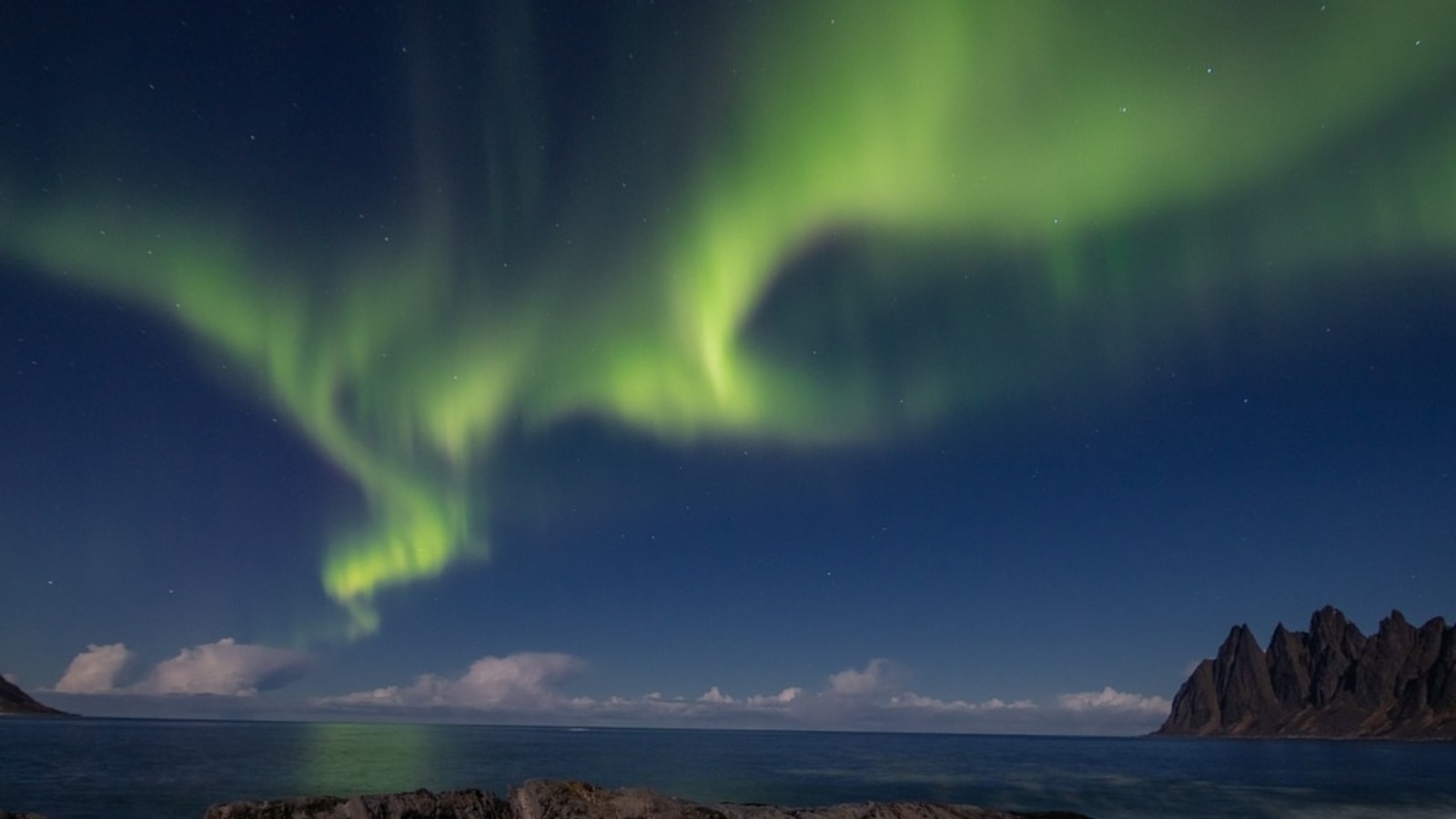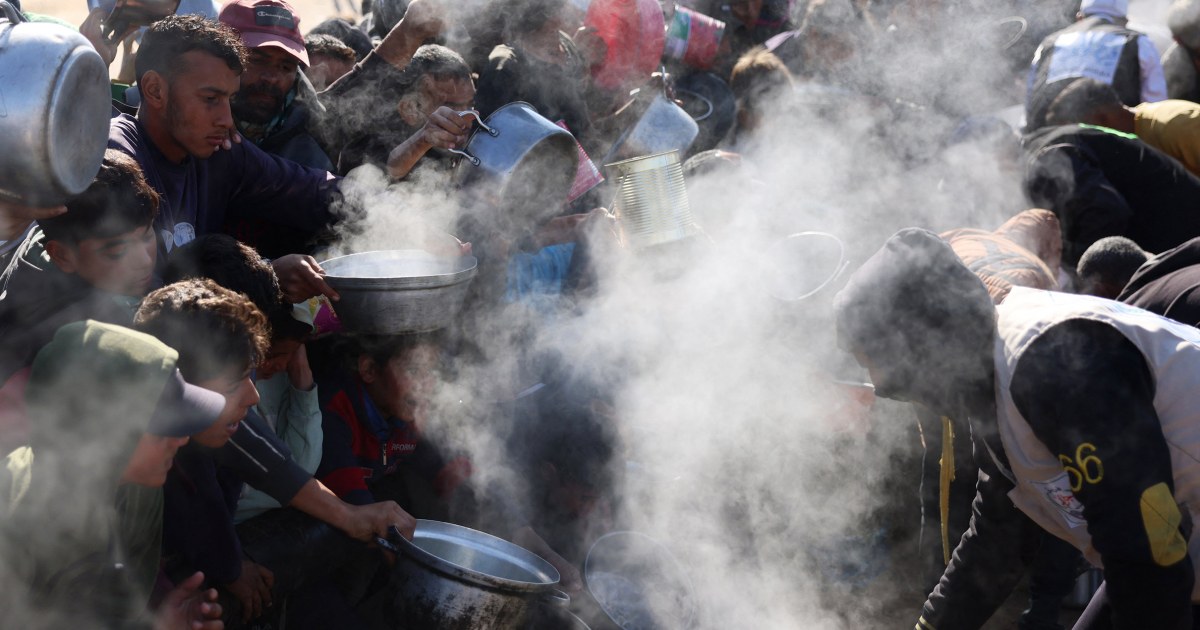World
Several US states may see aurora due to possible geomagnetic storm this week – know date, exact timings and more

The Northern Lights, also known as the aurora borealis, may be visible in northern US states on Wednesday, July 24. This will happen as the after-effects of a halo CME arrive at Earth.
The halo CME could trigger a G2-class geomagnetic storm at that time. The National Oceanic and Atmospheric Administration (NOAA) Space Weather Prediction Center has issued a geomagnetic storm watch for July 24 due to heightened solar activity, according to Space.com.
The alarm was sounded on Monday, July 22, after experts who were modelling the solar wind found that several separate coronal mass ejections left the sun on July 21, aimed toward Earth. Barrelling toward Earth, the CME is scheduled to arrive on Wednesday.
What is a halo CME?
According to NOAA / NWS Space Weather Prediction Center, “Coronal Mass Ejections (CMEs) are large expulsions of plasma and magnetic field from the Sun’s corona. They can eject billions of tons of coronal material and carry an embedded magnetic field (frozen in flux) that is stronger than the background solar wind interplanetary magnetic field (IMF) strength.”
CMEs are known to travel outward from the Sun, and their speeds range from slower than 250 km/s to as fast as near 3000 km/s. The fastest CMEs can reach the Earth in 15-18 hours, but slower ones can take several days. “They expand in size as they propagate away from the Sun and larger CMEs can reach a size comprising nearly a quarter of the space between Earth and the Sun by the time it reaches our planet,” the website says.
What are the exact timings?
An alert issued by the NOAA Space Weather Prediction Center says that displays of Northern Lights are likely to be seen over some northern and upper Midwest US states from New York to Idaho. The timings are reportedly between 06:00-09:00 Universal Time on July 24, that is, 01:00-04:00 EDT.
G2 storms – which refers to the severity of the storm – can generally be seen as far south as New York and Idaho. It is Illinois and Oregon for G3, and Alabama and northern California for G4. Therefore, Wednesday’s display will likely not be very strong.
Which US states might witness the aurora?
US states that are likely to witness the aurora include Wisconsin, North Dakota, South Dakota, Michigan, Montana, Minnesota, the northernmost part of New York and Maine. Make sure you check the weather forecast before heading out to witness the spectacle, as clear skies are needed to get a good glimpse of the aurora.









